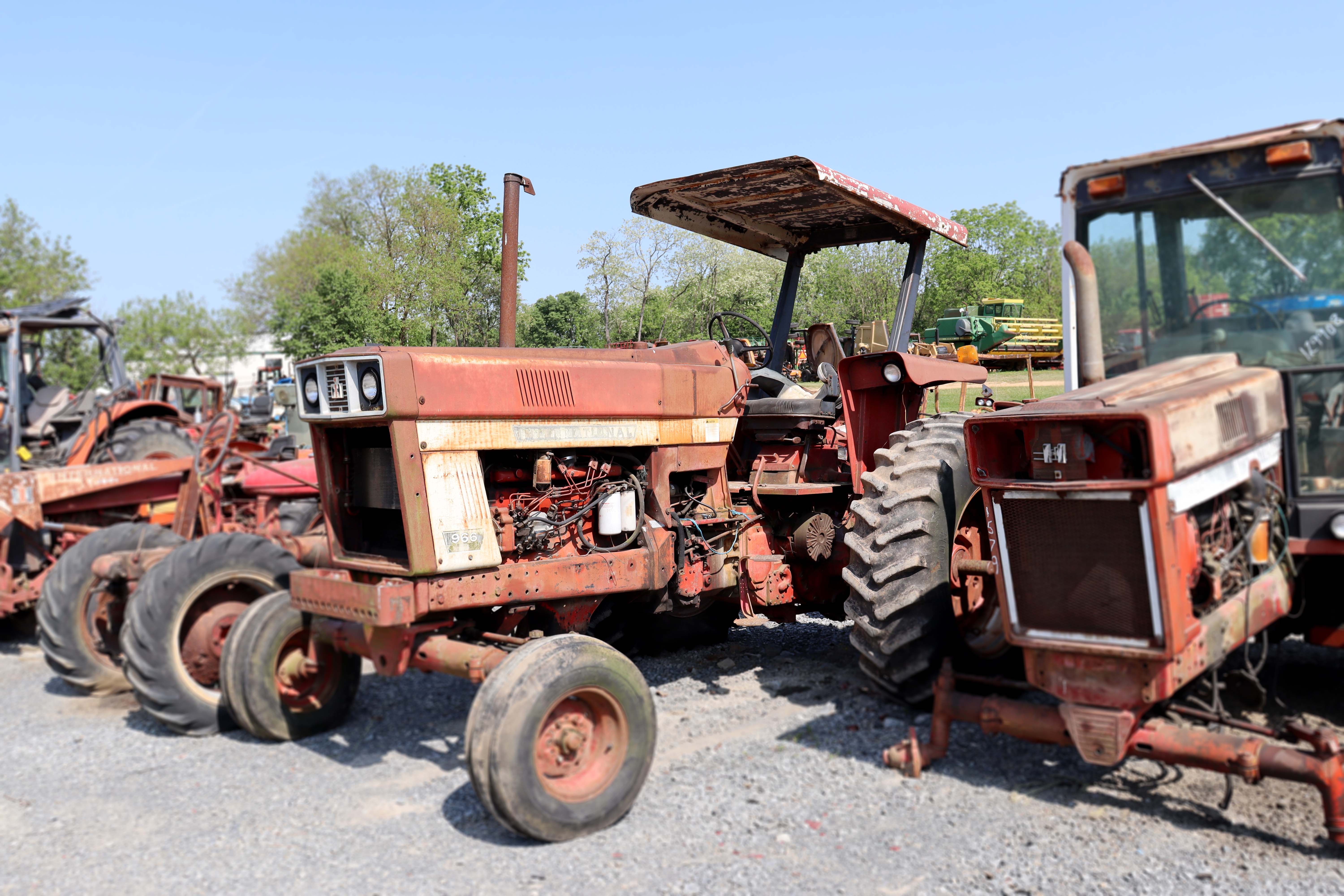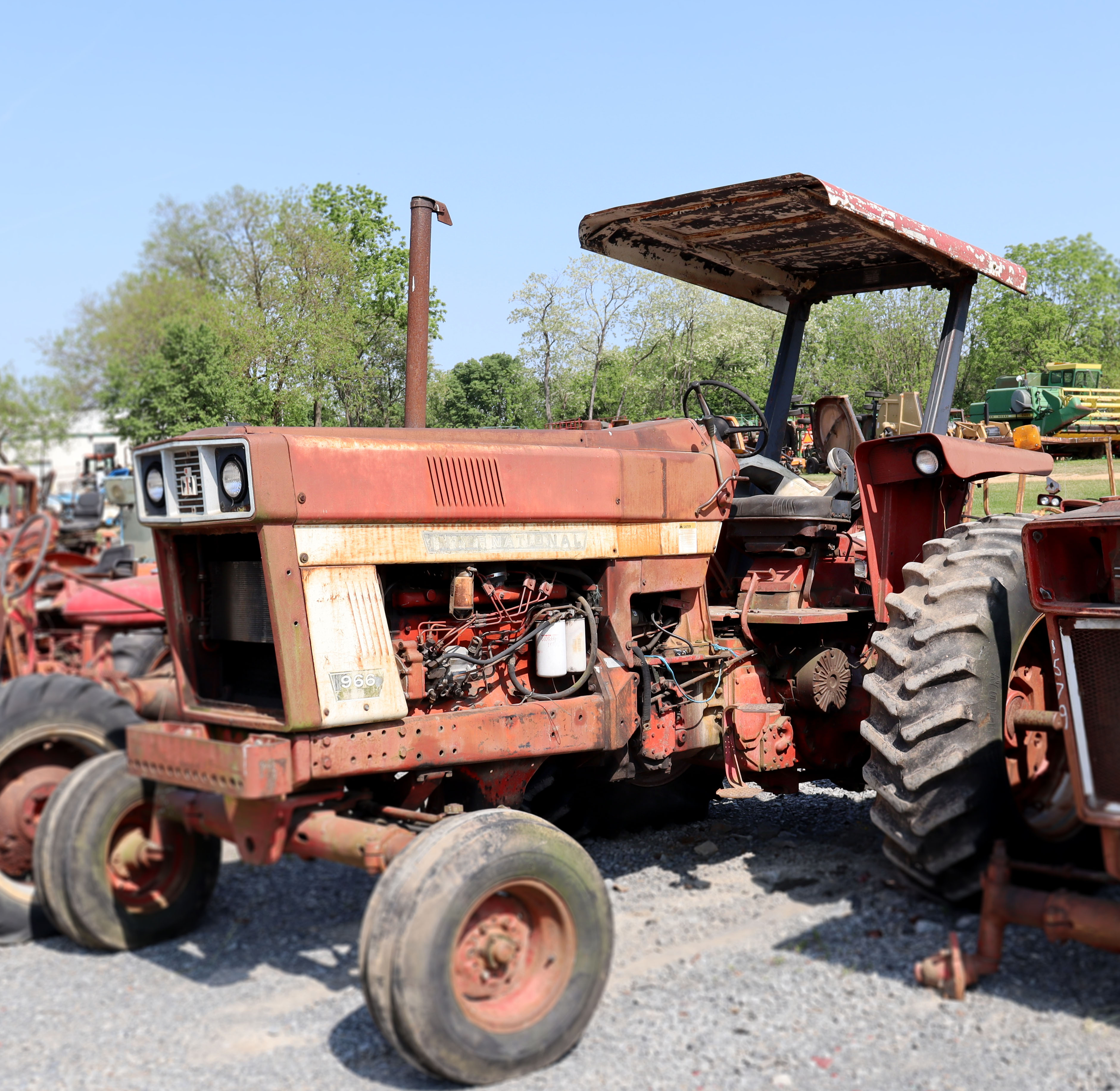Revolutionizing Farmer Safety: Rollover Protective Structures


Agriculture is the backbone of our society and relies heavily on tractors for efficient and effective farming. However, with modern tractors' increased power and complexity, safety concerns have become more pressing. In response to the risks posed by tractor accidents, developing rollover protective structures (ROPS) and implementing national rebate programs have revolutionized farmer safety. In this blog post, we will explore the history of tractor ROPS and the significance of National Rebate Programs in promoting a farmer's well-being.
The Emergence of Tractor ROPS: The story of the tractor ROPS dates back several decades when the agricultural community began recognizing the need for protective measures against tractor rollovers. Rollovers were a leading cause of injuries and fatalities among farmers, urging engineers and researchers to devise a solution. Then, inspired by roll bars used in race cars, they saw the potential of applying the concept to tractors to safeguard operators.
Early ROPS designs were simple and rudimentary, consisting of steel bars that formed a protective cage around the driver's seat. Over time, the designs evolved, incorporating additional features such as integrated seat belts and reinforced structures. These improvements enhanced the effectiveness of ROPS in preventing operator injuries during tractor rollovers.
The Implementation of National Rebate Programs: As the importance of ROPS became evident, governments and organizations worldwide recognized the need to promote their adoption among farmers leading to the establishment of National Rebate Programs that provides financial incentives for retrofitting older tractors with ROPS or purchasing new tractors equipped with factory-installed ROPS.
The main objective of national rebate programs is to make ROPS more affordable and accessible to farmers. Governments allocate funds dedicated explicitly to tractor safety initiatives, allowing farmers to receive rebates or subsidies to offset the cost of installing ROPS. These programs are often partnerships between government agencies, agricultural organizations, and industry stakeholders.
The Impact on Farmer Safety: The combination of tractor ROPS and national rebate programs has had a profound impact on farmer safety. By retrofitting older tractors or purchasing new ones with ROPS, farmers significantly reduce the risk of injuries and fatalities in rollover accidents by providing a protective area around the driver, preventing the weight of the tractor from crushing them during an accident.
National rebate programs have played a crucial role in encouraging farmers to prioritize their safety. By providing financial incentives. These programs remove the economic barriers that previously hindered many farmers from investing in ROPS. The availability of rebates, coupled with awareness campaigns, has fostered a culture of safety and motivated farmers to take proactive steps toward protecting themselves.
The success of national rebate programs can increase ROPS adoption rates. Farmers who may have struggled to afford to retrofit or purchase new tractors now have access to financial resources that empower them to prioritize their well-being—resulting in a significant reduction in tractor-related injuries and fatalities, making farming a safer profession.
As the agricultural industry continues to evolve, so should our commitment to farmer safety. The history of tractor ROPS and the implementation of national rebate programs exemplify the progress made in protecting the lives and livelihoods of farmers.
Continued support and expansion of national rebate programs will ensure that farmers from all backgrounds can access the resources necessary for ROPS adoption. Additionally, ongoing research and technological advancements can further improve the design and effectiveness of ROPS, enhancing operator safety and minimizing the risks associated with tractor accidents.
Tractor ROPS and national rebate programs have transformed the landscape of farmer safety. From humble beginnings, ROPS have evolved into robust protective structures, safeguarding farmers.
